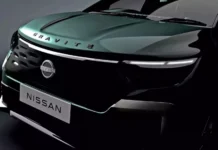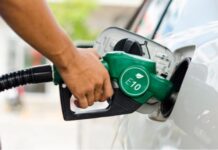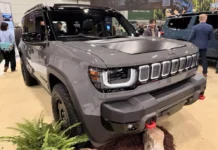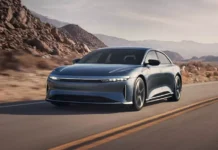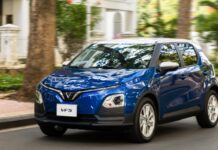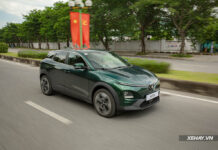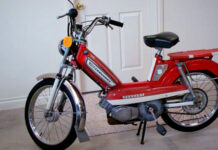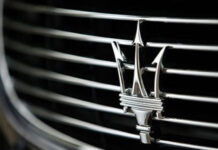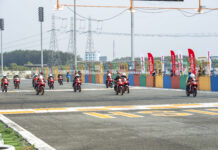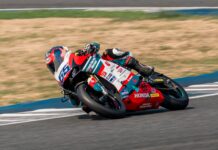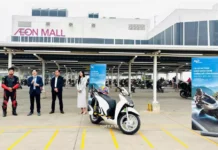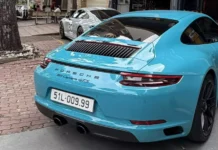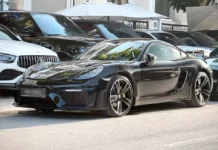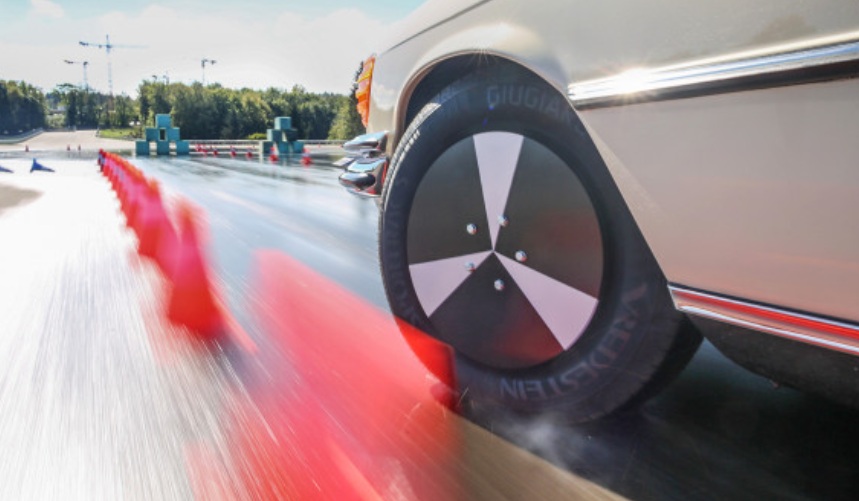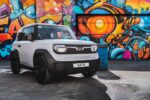While Anti-lock Braking Systems (ABS) are familiar in gasoline-powered cars, their mechanism differs when combined with regenerative braking in electric and hybrid vehicles, presenting unique operational characteristics.
How does ABS work in gasoline-powered cars?
In traditional automobiles, when the driver applies the brakes, this force is hydraulically transmitted to the brake calipers, clamping the brake pads onto the disc to slow down. ABS oversees wheel speed and, upon detecting potential wheel lockup, rapidly pumps the brakes within milliseconds to maintain traction, ensuring the car stops safely without losing control.
ABS in Electric and Hybrid Vehicles
Unlike gasoline cars, electric/hybrid vehicles employ regenerative braking. During deceleration, the electric motor reverses its function, acting as a generator to recapture energy back into the battery while creating resistance to slow down.
The Electronic Control Unit (ECU) orchestrates both regenerative and mechanical braking in tandem. Under gentle braking or when the battery can accept more charge, the system prioritizes regenerative braking for energy recovery. Conversely, during hard braking, low speeds, or when the battery is full, mechanical brakes take the lead. In emergencies, both systems may engage simultaneously. Should wheel lockup be imminent, ABS intervenes by reducing regenerative braking force while adjusting hydraulic pressure to maintain stability.
Thus, ABS in electric vehicles follows a similar principle but assumes the additional task of coordinating with regenerative braking to optimize both safety and energy efficiency.
Differences in Brake Pad Wear
Notably, brake pad wear in electric vehicles doesn’t follow the same pattern as in gasoline cars.
In front-wheel-drive (FWD) electric vehicles, the front-mounted electric motor handles most regenerative braking, resulting in reduced wear on the front pads, while the rear pads experience faster wear.
For rear-wheel-drive (RWD) electric cars, regenerative braking force concentrates on the rear wheels, leading to longer-lasting rear pads, with the front pads working harder during mechanical braking.
All-wheel-drive (AWD) electric vehicles distribute braking force more evenly, yet it still depends on the manufacturer’s calibration.
In gasoline/diesel cars, front brake pads typically wear faster due to the weight transfer to the front during braking. However, this disparity can reverse in electric vehicles, necessitating more careful inspection and maintenance of the braking system.
TH (Tuoitrethudo)
Porsche Hikes Prices in the US
Porsche has announced a price adjustment for its entire range of vehicles in the US market, with an increase of 2.4% to 3.6%. This strategic move by Porsche is sure to capture the attention of automotive enthusiasts and collectors alike. With this adjustment, Porsche underscores its commitment to delivering unparalleled performance, luxury, and an exclusive driving experience.
Electric Vehicle Revolution: Vietnamese Consumers Embrace Upgrades with Massive Discounts
With an attractive and competitive pricing strategy, VinFast has successfully enticed Vietnamese customers to make the switch to electric vehicles. The company’s quick valuation process and generous subsidies of up to hundreds of millions of dong have encouraged many to trade in their gasoline-powered cars for the environmentally friendly alternative. This was evident during the weekend of August 9-10, where VinFast witnessed a surge in customers eager to upgrade to their electric vehicles.


